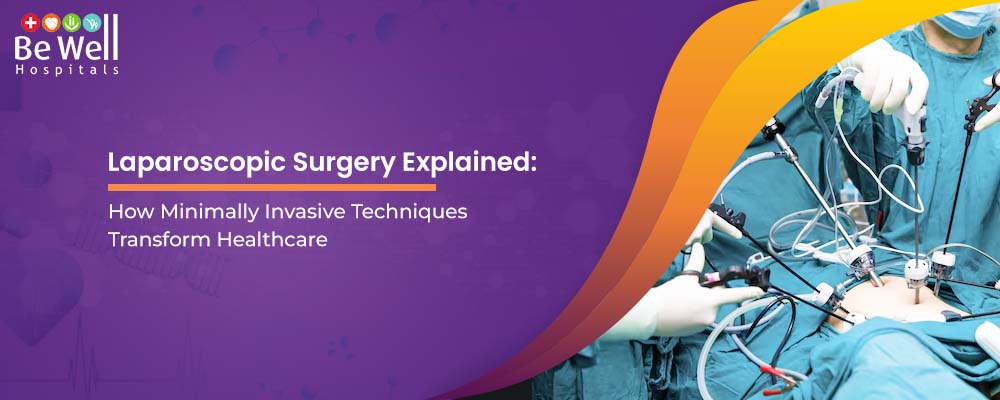Laparoscopic Surgery Explained: How Minimally Invasive Techniques Transform Healthcare

Introduction
Laparoscopic surgery, often referred to as minimally invasive surgery, represents a significant advancement in modern healthcare, revolutionizing the way surgical procedures are performed. Unlike traditional open surgery, which involves larger incisions, laparoscopic techniques utilize small incisions and specialized instruments, leading to less trauma and quicker recovery times for patients. As the demand for more effective and less invasive treatment options continues to rise, understanding the principles of laparoscopic surgery is crucial. This blog aims to delve into what laparoscopic surgery entails, highlight its numerous benefits—including reduced pain, shorter hospital stays, and faster return to daily activities—and explore its profound impact on patient care in various medical fields.
Understanding Laparoscopic Surgery
Laparoscopic surgery is a modern surgical technique characterized by small incisions and the use of specialized instruments, making it a preferred choice in various medical procedures. The basic principles of laparoscopic surgery involve the insertion of a laparoscope, a thin, tube-like instrument equipped with a camera and light source, through small incisions in the abdominal wall. This allows surgeons to view the internal organs on a monitor without making large cuts, significantly reducing recovery time and post-operative pain.
Key components of laparoscopic surgery include the laparoscope itself, which provides visualization, and other essential tools such as graspers, scissors, and electrosurgical devices designed for precision and safety during the procedure. The typical steps involved in laparoscopic surgery begin with the patient being placed under general anaesthesia, followed by the creation of small incisions in the abdomen. Carbon dioxide gas is then introduced to inflate the abdominal cavity, providing a clearer view of the internal structures. Surgeons carefully insert the laparoscope and other instruments through these incisions to perform the necessary surgical actions, whether it be for gallbladder removal, hernia repair, or other procedures.
After completing the surgery, the instruments are removed, and the incisions are closed with sutures or adhesive strips, typically resulting in minimal scarring and a faster recovery compared to traditional open surgery.
Benefits of Laparoscopic Surgery
Laparoscopic surgery offers numerous advantages that make it a preferred choice in modern surgical practices.
As technology and techniques continue to advance, laparoscopic surgery remains at the forefront, providing patients with safer and more efficient surgical solutions.
Common Laparoscopic Procedures at Be Well Hospitals
At Be Well Hospitals, laparoscopic surgery plays a crucial role across various surgical specialties, enhancing patient care through its minimally invasive approach. This innovative surgical technique is utilized in numerous medical fields, including general surgery, gynaecology, urology, and gastroenterology, among others. Some of the most common laparoscopic procedures performed at Be Well Hospitals include
Through these advanced laparoscopic procedures, Be Well Hospitals is committed to providing high-quality care that prioritizes patient safety, comfort, and optimal recovery outcomes.
Future of Laparoscopic Surgery
The future of laparoscopic surgery holds exciting potential, driven by technological advancements that are reshaping the landscape of minimally invasive procedures.
As these innovations progress, they promise to enhance the safety and effectiveness of surgical procedures, ultimately improving patient care and outcomes in the years to come.
Conclusion
Laparoscopic surgery presents numerous benefits that make it a preferred option in modern healthcare. With advantages such as smaller incisions, reduced pain and scarring, faster recovery times, and a lower risk of complications, this minimally invasive approach significantly enhances patient outcomes and overall quality of life.
For those seeking to learn more about the implications and possibilities of laparoscopic surgery, we encourage you to consult healthcare professionals or explore reliable sources for further information. If you’re considering laparoscopic procedures, Be Well Hospitals is here to support you.
Visit our Laparoscopic Centre or call 9698 300 300 to book your appointment today. Your health and well-being are our top priorities, and we look forward to assisting you on your journey to recovery.
